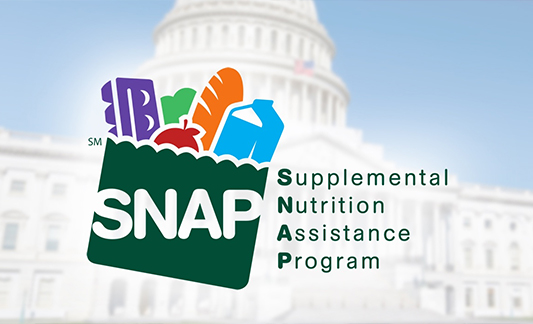Help Isom IGA recover from devasting floods

Since 2019, the average price of groceries in the United States is up 36%. This year inflation continues, and though the rate of inflation is relatively low — less than 3% — it is a compounded effect after years of high single digit price increases.
We in the grocery industry know that pandemic shortages started inflation; that energy prices and artificial economic stimulus exaggerated it; that some manufacturers used the confusion to raise prices above their costs; and that, in the midst of it all, Avian Influenza wiped out millions of egg-laying chickens in the United States, sending egg prices through the roof.
As retailers we did all we could to ease as much of the cost increases as we could and still stay in business. According to FMS data, margins for independent retailers have been flat to down — under 2% this year — since 2019. That means we haven’t been passing on all the cost increases we get to shoppers.
But shoppers don’t understand that. All they know is groceries keep getting more expensive, which makes them frustrated and angry. And when they are angry, they worry that the people they do business with every day — their local retailer — may be taking advantage of them.
Unfortunately, there is no substantive conversation in Washington about lowering the cost of feeding American families. Tariffs don’t lower costs to consumers, they raise them — and are likely to cause overall inflation to start rising again. And when Washington suggests grocery prices are lower — despite shoppers seeing otherwise — it can lead to increased frustration, making them ever more likely to blame their retailers.
The problem is that the people making policy about food don’t actually know anything about the food industry. We have lawyers and politicians and investment bankers making policy decisions that are clearly not lowering costs. Where are the retailers? The manufacturers? The growers and ranchers and farmers?
There are specific, actionable things we could do as a country to lower food costs. Here are just a few examples:
- Break the duopoly of Visa and Mastercard and let retailers bid out credit card processing to the lowest bidder. Credit card companies make more money on groceries than the retailers! Let’s cut just a sliver of their 70%+ gross margins, which could cut grocery costs by as much 1.5% almost immediately.
- The biggest increase in the cost of food production in the last few years has been the cost of fertilizer, most of which is imported. Remove fertilizer and fertilizer components from all tariffs and create subsidies for domestic producers to ramp up production. Lower the cost of raw materials like fertilizer and you can lower the cost of producing food.
- And then there’s transportation. Competition for drivers coupled with the high cost of diesel fuel is the biggest driver of domestic food inflation. Create education subsidies to encourage young people to go into transportation—and cut the federal excise tax for diesel to match that of traditional gasoline—and grocery costs would come down rapidly.
- Create federal rewards for innovation in manufacturing, rewarding smaller, lighter, and more sustainable packaging. It is far cheaper to ship a container of laundry pods than a heavy plastic detergent bottle filled with mostly water, for example.
These are just a few ideas. Imagine the progress that could come through a commission made up of people in the food industry advising the administration. Essentially: Put us in, Coach! Let us help you help shoppers reduce the cost of feeding their families.
Retailers, manufacturers, please reach out to your legislators, or join with NGA and FMI as they bring the message to Washington. It’s not too late to sign up for NGA’s Fly in for Fair Competition, happening later this month.
Washington, let’s start working together to ensure nutritious food is more affordable for everyone.
Want to know more about how the threat of tariffs is impacting the grocery industry? Watch this special edition webinar with IGA CEO John Ross and VP Marketing & Public Affairs Ashley Page.
You May Also Like
These Stories on From the Desk of
Nov 11, 2025 4:09:11 PM |
2 min read
Nov 6, 2025 9:12:29 AM |
3 min read



No Comments Yet
Let us know what you think